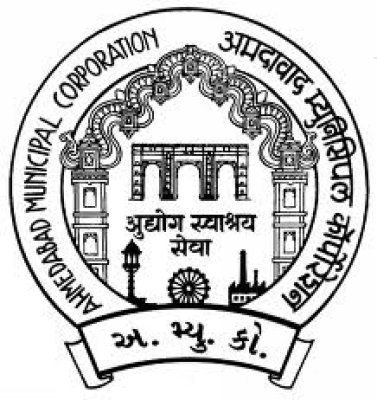Local Sightseeing
Ahmedabad-Gandhinagar has a lot of historical as well as fun places to visit. Some of the important ones are listed below. Please click on the below links to read more about them.
|
Ahmedabad being a UNESCO heritage city, the old city has its very unique features and buildings that one can get to see only on foot. Heritage walks are organized to the old city areas for this. Links to various heritage walks are given below.
|
Street shopping is very popular in Ahmedabad and the Law Garden is a public garden in the city of Ahmedabad. The market outside the garden is very famous for the handicraft goods sold by local people during the evenings and night. One can test one's bargaining abilities while buying the textile and hand made jewellery sold here.
|
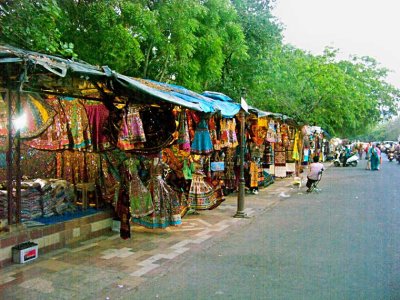
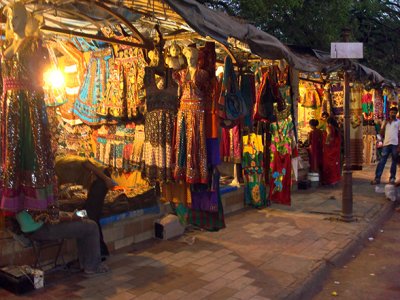
Bhadra Fort is situated in the walled city area of Ahmedabad, India. It was built by Ahmad Shah I in 1411. With its well carved royal palaces, mosques, gates and open spaces, it was renovated in 2014 by Ahmedabad Municipal Corporation (AMC) and Archaeological Survey of India (ASI) as a cultural centre for the city.
|
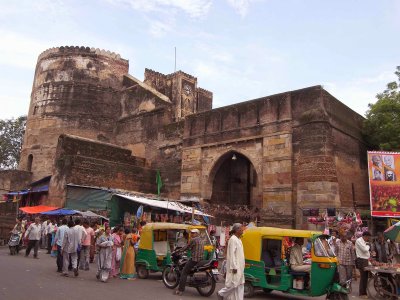
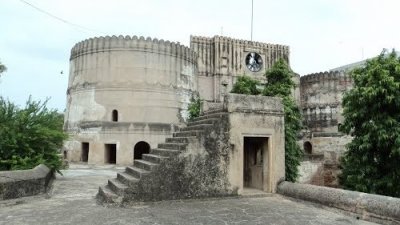
Sarkhej Roza is a mosque and tomb complex located in the village of Makarba, 7 km south-west of Ahmedabad. Although there are many rozas across Gujarat, the Sarkhej Roza is the most revered. Sarkhej was once a prominent centre of Sufi culture in the country, where influential Sufi saint Shaikh Ahmed Ganj Baksh lived. It was on the saint's suggestion that Sultan Ahmed Shah set up his capital on the banks of the Sabarmati, a few miles away from Sarkhej.
|
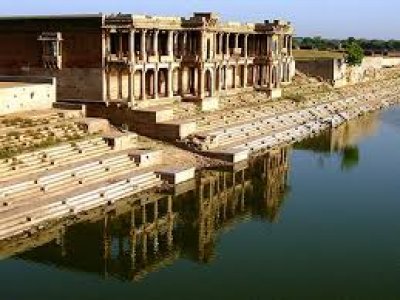
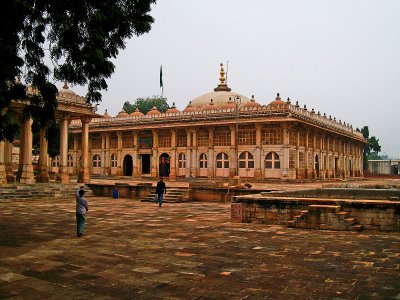
Lothal is one of the most prominent cities of the ancient Indus valley civilization dating from 3700 BCE, and is located about 85 km south of Ahmedabad. Discovered in 1954, Lothal was excavated during 1955 to 1960 by the Archaeological Survey of India (ASI). Lothal's dock—the world's earliest known—connected the city to an ancient course of the Sabarmati river on the trade route between Harappan cities in Sindh and the peninsula of Saurashtra when the surrounding Kutch desert of today was a part of the Arabian Sea. It was a vital and thriving trade centre in ancient times, with its trade of beads, gems and valuable ornaments reaching the far corners of West Asia and Africa. The techniques and tools they pioneered for bead-making and in metallurgy have stood the test of time for over 4000 years.
|
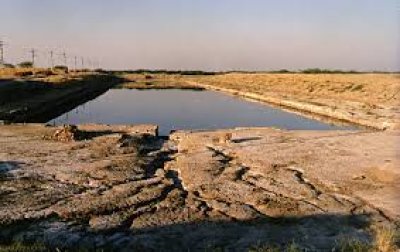
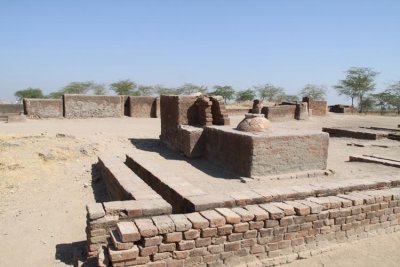
Thol Lake is an artificial lake near Thol village about 30 kms from Ahmedabad city. It was constructed as an irrigation tank in 1912. It is a fresh water lake surrounded by marshes. It was declared the Thol Bird Sanctuary in 1988 and is a habitat to over 150 species of birds, about 60% of which are waterbirds. Many migratory birds nest and breed in the lake and its periphery. The two most prominent species of birds recorded in the sanctuary are flamingoes and sarus crane. The best time to see the birds is early in the morning.
|



The Sun Temple is dedicated to the solar deity "Surya" and is located at Modhera village of Mehsana district, Gujarat, about 125 km from Ahmedabad. It was built in 1026-27 AD during the reign of Bhima I of the Chaulukya dynasty. No worship is offered at the temple now and it is a protected monument maintained by the Archaeological Survey of India. The temple complex has three components: Gudhamandapa, the shrine hall; Sabhamandapa, the assembly hall and Kunda, the holy reservoir. The halls have intricately carved exterior and pillars. The reservoir has steps to reach bottom and numerous small shrines.
|


Dandi Kutir is India’s Largest & Only Museum built on the life and teachings of Mahatma Gandhi. Built in the shape of a salt heap, it represents Gandhi’s powerful idea of people across lines of class, gender, age and community asserting their common right to salt itself: a symbol to inspire a pluralistic society to march towards independence, Purna Swaraj. Located in the primises of Mahatma Mandir, the venue of the FEC 2018, this museum is specially designed based on the Biography of Mahatma Gandhi-the initiator of Disobedience and nonviolent campaign for Independence of India. This museum is designed with sophisticated electronics Technology in which audio, video and 3D visual, 360 degree shows and display is used to show various aspects of Gandhi's life.
|
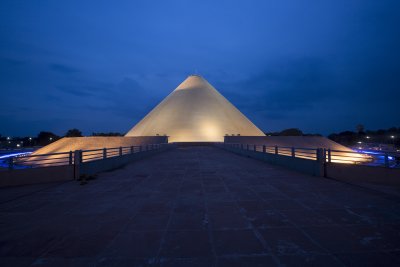
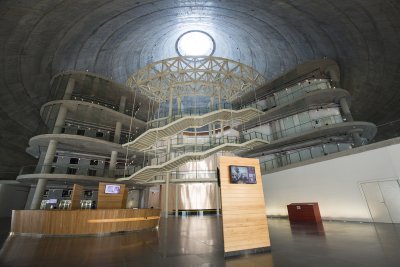
This is the closest access point to the Great Rann of Kutch from Ahmedabad (~ 100km) and is also called the little Rann. It is considered to be the world's last refuge of the Indian wild ass (khur) for the conservation of which it has been declared as the Indian Wild Ass Sanctuary. Though a bleak landscape it is rich in biodiversity and is an ecologically important area for wildlife and many local and migratory waterbirds like cranes, ducks, pelicans, flamingos and land birds like sandgrouse, francolins and the Indian bustards.It is also home to various unique mammals apart from wild ass such as the Indian wolf (Canis lupus pallipes), desert fox (Vulpes vulpes pusilla) and nilgai (Boselaphus tragocamelus).
|
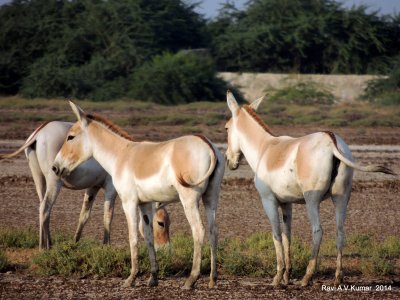
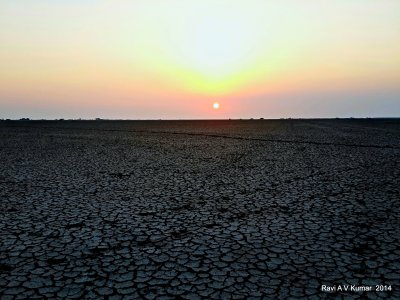
The Sidi Saiyyed Mosque, popularly known as Sidi Saiyyid ni Jali, built in 1572 AD, is one of the most famous mosques of Ahmedabad, Gujarat. It was built by Sidi Saiyyid in the retinue of Bilal Jhajar Khan, general in the army of the last Sultan Shams-ud-Din Muzaffar Shah III of the Gujarat Sultanate. The mosque is entirely arcuated and is famous for beautifully carved ten stone latticework windows (jalis) on the side and rear arches.
|
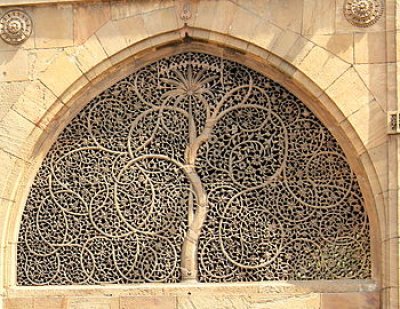
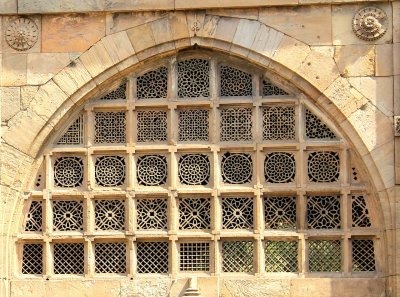
Hutheesing Temple, constructed in 1848 is the best known Jain temple in Ahmedabad. The construction of the temple was initiated originally planned by Shet Hathisinh Kesarisinh, a wealthy Ahmedabad trader who died at at an age of 49. The construction was then supervised and completed by his wife Shethani Harkunvar. The temple is dedicated to Dharmanatha, the fifteenth Jain Tirthankar.The temple was built during a severe famine in Gujarat. Building the temple employed hundreds of skilled artisans which supported them for a period of two years.
|
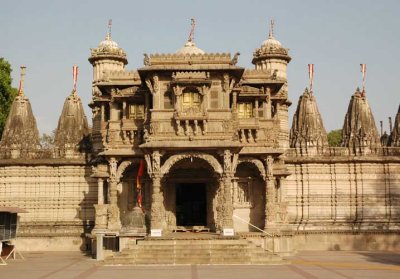
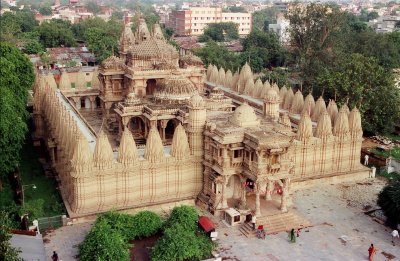
Swaminarayan Akshardham in Gandhinagar, Gujarat is a large Hindu temple complex inspired by Pramukh Swami, the former spiritual head of BAPS Swaminarayan Sanstha. Located in the capital of Gujarat, the complex was built over 13 years and is a tribute to Swaminarayan and his life and teachings. At the center of the 23-acre complex is the Akshardham mandir, which is built from 6,000 metric tons of pink sandstone from Rajasthan. The focal point of the complex is the Akshardham Mandir, which measures 108 feet high, 131 feet wide and 240 feet long and features 97 carved pillars, 17 domes, 8 balconies, 220 stone beams and 264 sculpted figures.
|
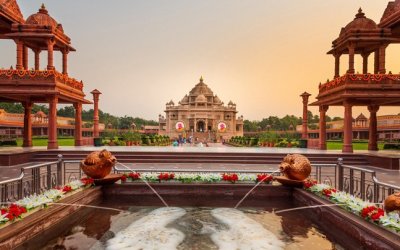
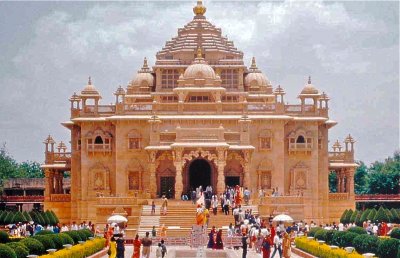
Sabarmati Ashram (also known as Gandhi Ashram) is located in the Sabarmati suburb of Ahmedabad, on the banks of the River Sabarmati. This was one of the residences of Mahatma Gandhi who lived there for about twelve years along with his wife Kasturba Gandhi. It was from his base here that Gandhi led the Dandi march also known as the Salt Satyagraha on 12 March 1930. In recognition of the significant influence that this march had on the Indian independence movement the Indian government has established the ashram as a national monument.
|
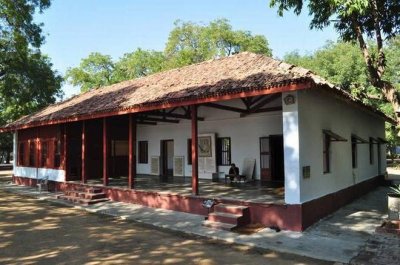
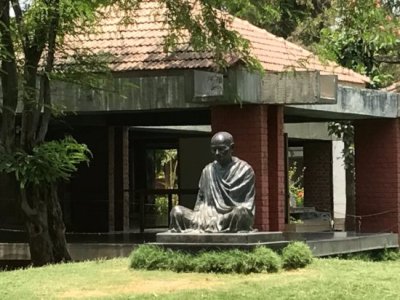
Jama Masjid, also known as Jami or Jumma Mosque, is the most splendid mosque of Ahmedabad, built in 1424 during the reign of Ahmed Shah I. Located in the old walled city, the mosque is situated outside Bhadra Fort area, along the south side of the road extending from Teen Darwaza to Manek Chowk. Built with yellow sandstone, the mosque complex is centered on a large rectangular courtyard 75 m long and 66 m wide, it is one of the biggest mosques in India.
|
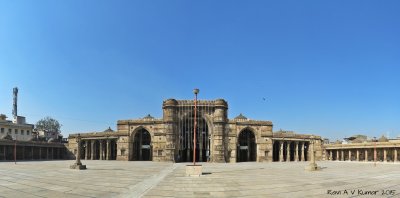
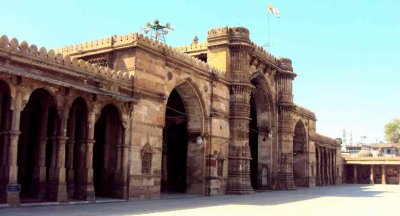
Kankaria Lake, formerly known as Hauj-e-Qutb, is the second largest lake in Ahmedabad. It is located in the south-eastern part of the city, in the Maninagar area. It was completed in 1451 during the reign of Sultan Qutb-ud-Din Ahmad Shah II though its origin is placed in the Chaulukya period sometimes. The lakefront that was recently developed around the lake is a very popular tourist destination.
|
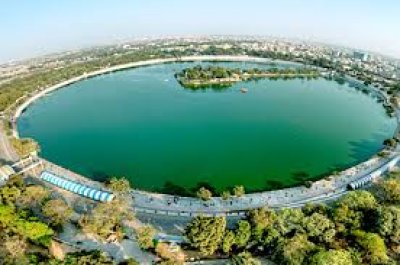
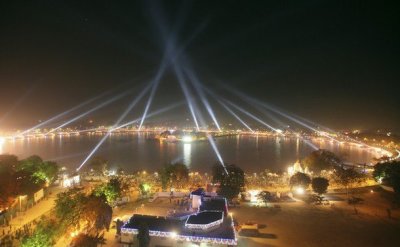
The Calico Museum of Textiles is located in the city of Ahmedabad in the state of Gujarat in western India.[1] The museum is managed by the Sarabhai Foundation. The textiles on display include court textiles used by the Mughal and provincial rulers of 15th to 19th centuries. Also on display are regional embroideries of the 19th century, tie-dyed textiles and religious textiles. The galleries also have exhibits on ritual art and sculpture, temple hangings, miniature paintings, South Indian bronzes, Jain art and sculpture, and furniture and crafts. There are also textile techniques galleries and a library. https://calicomuseum.org/
|
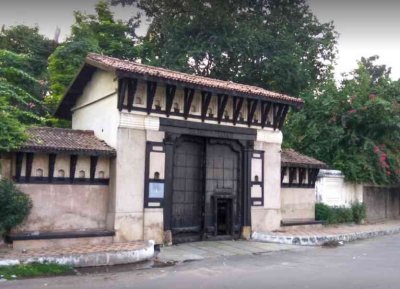
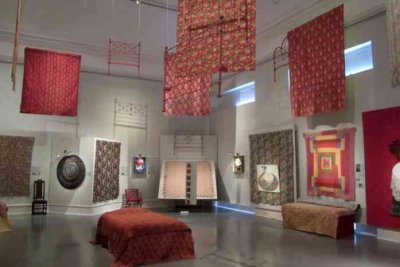
Gujarat Science City, located in Hebatpur, Ahmedabad, is part of a government initiative to draw more students towards education in science. The center hosts an IMAX 3D theatre, an energy park, a hall of science, Planet Earth, an amphitheatre,Life Science Park and dancing musical fountains among others. The Earth Pavilion - an earth-shaped dome created in 2009 is one of the main attractions, whose goal is to showcase live experiences with natural disasters.
|


The Sardar Vallabhbhai Patel National Memorial is a museum and exhibition centre dedicated to Sardar Vallabhbhai Patel at Moti Shahi Mahal, located in Shahibaug, Ahmedabad. Moti Shahi Mahal was constructed by the Mughal emperor Shahjahan between 1618 and 1622.
|
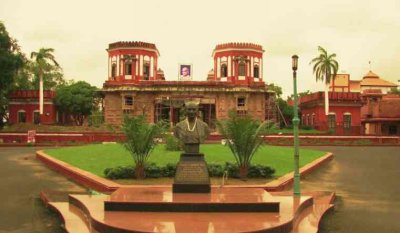
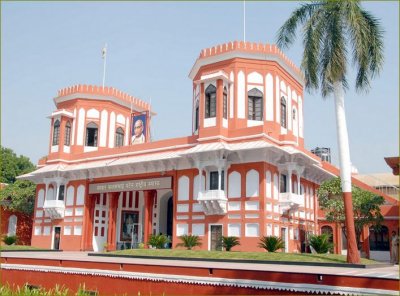
Rani no Hajiro, also known as Mughalai Bibi's Tomb or Tombs of Ahmed Shah's Queens, is a tomb complex near Manek Chowk, Ahmedabad. The principal tomb belongs to Mughalai Bibi, the wife of Muhammad Shah II and mother of Mahmud Begada. It is richly carved in white marble, and girt with a Persian inscription in minute relief. An adjacent tomb in black marble, once inlaid with mother-of-pearl, belongs to Mirki or Murki Bibi, the wife of Shah e Alam, the sister of queen and the daughter of Jam of Sindh.
|
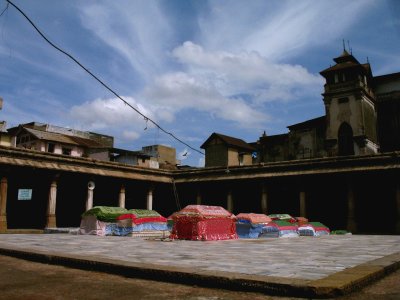
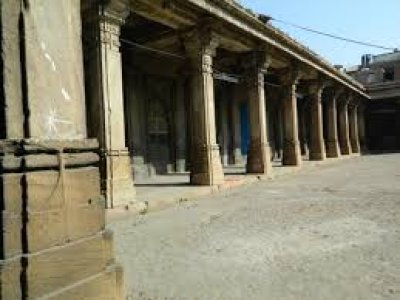
Adalaj Stepwell or Rudabai Stepwell is a stepwell located in the village of Adalaj, close to Ahmedabad city and in Gandhinagar district. It was built in 1498 by Rana Veer Singh of the Vaghela dynasty of Dandai Desh. Step wells like the one in Adalaj were once integral to the semi-arid regions of Gujarat, as they provided water for drinking, washing and bathing. These wells were also venues for colourful festivals and sacred rituals
|
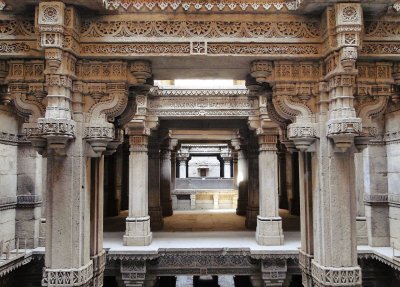
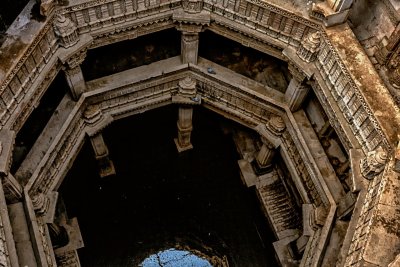
Built in 1981 within the vicinity of Vishalla Village Restaurant is the VECHAAR (Vishalla Environmental Centre for Heritage of Art, Architecture and Research) Utensils Museum, a brainchild of architect Mr. Surender C. Patel. It is an effort to cherish and preserve our rich cultural heritage and rare artistic skills and wisdom of our craftsmen. It is an extensive study of utensils from thousand years old to present times, that have evolved over different periods of history as a result of our changing needs and environment. The range varies from leaves or a gourd jug, to modern stainless steel and glass utensils. The metal utensils cover everything from brass, copper, bronze, zinc to German silver.
|
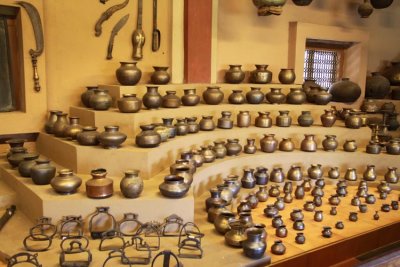
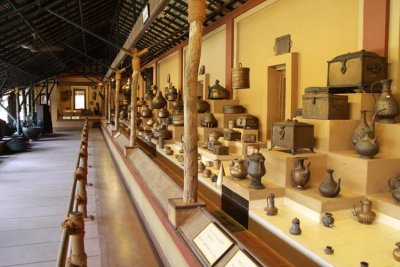
Located in Ahmedabad, Shreyas museums were created in 1974 to become a dynamic medium of learning. In a short spell of time, they were placed on the tourist map of India. They attract Indian and foreign students, scholars and art-lovers. The museums' house objects that are gathered from all states of India, and from various countries. These objects are of ceremonial use, domestic use, masks, costumes, weapons, toys, musical instruments, and many handicrafts.
|
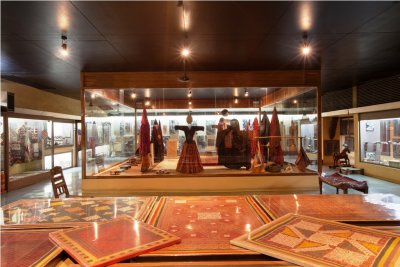
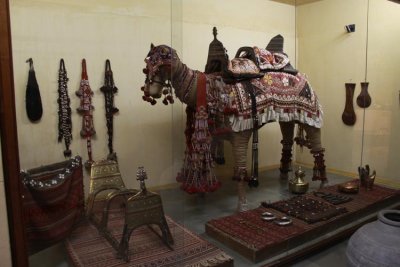
"Auto World" is a part of one of the most important collections of Antique Vehicles, Cars, Motorcycles, Utility Vehicles, Buggies etc. built byfamily of Shri Pranlal Bhogilal over the last century. It represents several of the greatest marques of cars from all over the world, of all types and ages. Located in Kathwada, Ahmedabad, has various pavilions built on acres of verdant grounds showcasing more than 100 of the finest cars in the world such as Rolls-Rocyces, Bentleys, Daimlers, Langondas, Mercedeces, Maybach, Packards, Cadillacs, Buicks, Auburns, Cord, Lancias, Lincolns, Chryslers and many other distinguished makes from USA, UK & Europe. http://www.vccci.com/vintage-car-museum
|
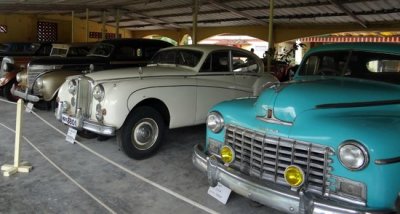

Sidi Bashir Mosque was located in the city of Ahmedabad, Gujarat. Due to its unique construction, the minarates of mosque are also called Jhulta Minar or Shaking Minarets. It is believed that the mosque was constructed by Sidi Bashir, a slave of Sultan Ahmed Shah. A conflicting story is that the mosque was built by Malik Sarang, a noble in the court of Muhammed Begada, another Sultan of Gujarat. The mosque was completed in 1452. Only the minarets and arched central gateway remain today, the body of the building was destroyed in 1753 during the war between the Marathas and Khan of Gujarat Sultanate.
|
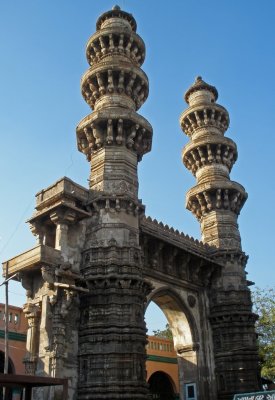

Sabarmati Riverfront is a waterfront being developed along the banks of Sabarmati river in Ahmedabad, India. Proposed in 1960s, the construction began in 2005. Since 2012, the waterfront is gradually opened to public as and when facilities are constructed and various facilities are actively under construction. The major objectives of project are environment improvement, social infrastructure and sustainable development. Also, it has succeeded in restoring the city’s relationship with its river. The project is two-level promenade situated on both sides of the river where the lower level serves only pedestrians and cyclists while the upper level is capable of hosting numerous cultural and educational events, leisure activities, large public parks and plazas and a few areas for commercial and retail development.
|
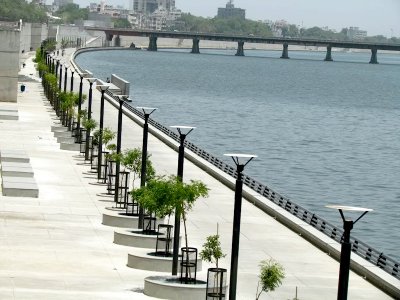
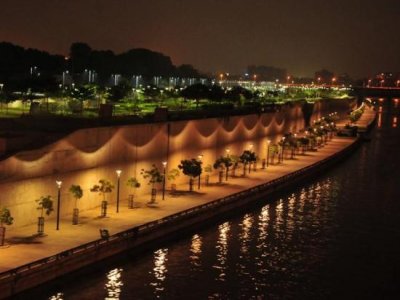
Indroda Nature Park (INP) is spread over an area of about 400 hectares in Gandhinagar- the capital city of Gujarat. The Park is divided into two parts on the banks of river Sabarmati. The western part is known as Indroda Nature Park and the eastern part of the river Sabarmati is known as Wilderness Park.
|
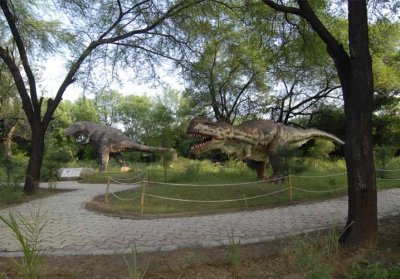
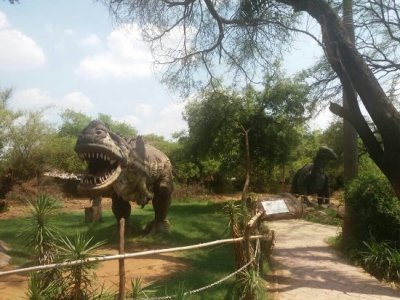
Lalbhai Dalpatbhai Museum, abbreviated L. D. Museum, is a museum of Indian sculptures, bronzes, manuscripts, paintings, drawings, miniature paintings, woodwork, bead work and ancient and contemporary coins in Ahmedabad
|
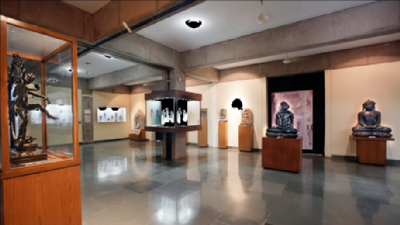
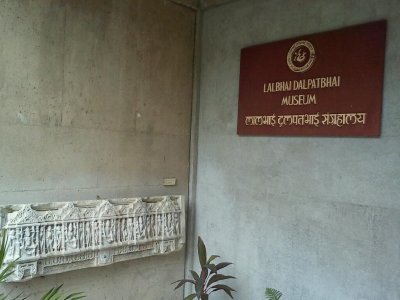
Rani Sipri's Mosque or Masjid-e-nagina, formerly known as Rani Asni's Mosque, is a medieval mosque in the walled city of Ahmedabad. This mosque was commissioned in 1514 by queen Sipri, the wife of Mahmud Begada, a Sultan who ruled Gujarat. It is also known as Masjid-e-Nagina (Jewel of a mosque) because of the intricate jali carvings on its walls. The mosque is named after the Hindu queen of Sultan Mahmud Begada, Rani Sipri. The queen commissioned this mosque in 1514 A.D. when her husband executed their son for some misdemeanor. After her death, the queen was buried in this mosque. Inside, there is also a Jenana, a separate area for women to worship.
|

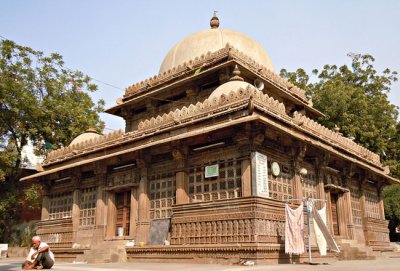
Rani Rupamati's Mosque, also known as Rani Rupavati's Mosque or Mirzapur Queen's Mosque, is a medieval mosque and tomb complex in Mirzapur area of Ahmedabad. The mosque was built by Mahmud Begada probably in the latter years (1430-1440) of Ahmed Shah I's reign. It is named after Rani Rupamati whom Mahmud Begada married after death of Qutubuddin. This mosque measures 105 feet long, 46 feet broad, and 32 feet high with a high central arch, three imposing domes, slim minarets, carved galleries and an exquisite mihrab.
|
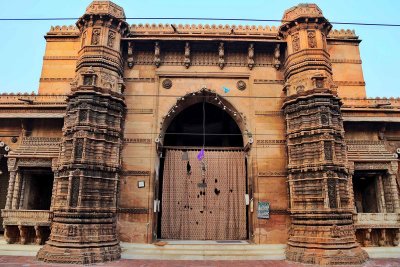
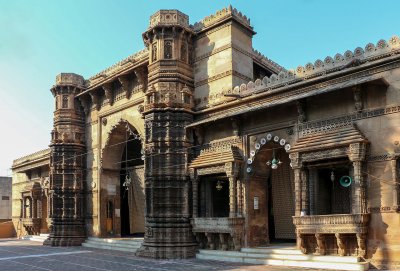
Dada Harir Stepwell is a stepwell in Asarwa area of Ahmedabad, built in 1485 by Dhai Harir, a household lady of Mahmud Begada according the persian inscription in the stepwell. She was the superintendent of the royal harem.
|
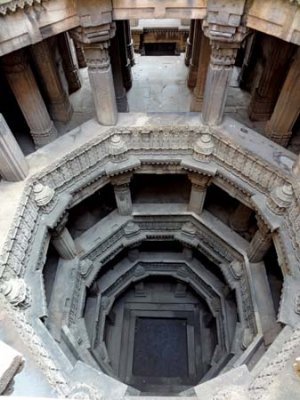
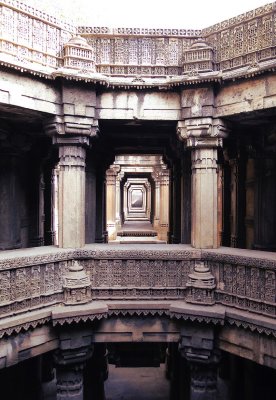
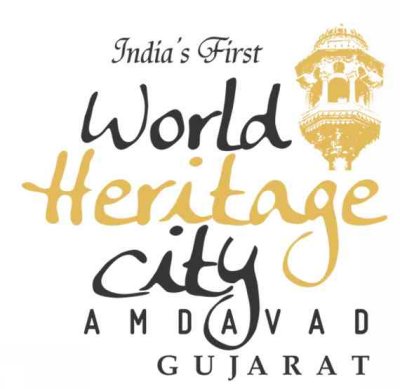
All images above are sourced from the internet and textual information from Wikipedia and other web resources
© IPR, 2022
Home ECRIS-2022 | JACoW Manuscript | About Gandhinagar | About Workshop | Committees | Leisure Tours | Gujarat | Local Sightseeing | Accommodation | Travel to India | Venue | Weather | About IPR About IPR | Topics Topics | Abstract Abstract | Registration Registration | Dates Dates | Contact About |



